
Imagine you see lots of leaves all over your yard after a windy fall day. You need a leaf vacuum that can pick up wet, heavy leaves fast. A gas leaf vacuum is strong and helps you clean your yard quickly. It saves you time and hard work compared to electric models or raking by hand.
Why Choose a Gas Leaf Vacuum

Benefits
If you want a leaf vacuum that can handle tough jobs, a gas leaf vacuum stands out. You get more power than with an electric leaf vacuum. This extra strength means you can pick up wet leaves, small twigs, and even compacted piles without much trouble. You do not have to worry about cords or batteries running out. You can move around your yard freely and reach every corner. Many people with big yards or lots of trees choose a gas-powered leaf vacuum because it works fast and does not slow down.
Here are some main advantages:
You get strong suction and high air speed for better performance.
You can clear large areas without stopping to recharge or find an outlet.
You can use it anywhere, even in remote spots.
Tip: If you have a lot of heavy or wet leaf piles, a gas leaf vacuum will save you time and effort.
When to Use
You should use a gas leaf vacuum when you have a large yard or lots of debris. If you need to clean up after a storm or deal with wet, sticky leaves, this type of leaf vacuum works best. It is also great for places where you cannot plug in an electric leaf vacuum. Landscapers and people with big properties often pick gas models for their strong performance and long run times. If you want to work without stopping to swap batteries, a gas leaf vacuum is the right choice.
You will notice the difference in performance when you tackle big jobs or tough leaf messes. For small yards or light leaf cleanup, you might not need all that power. But for heavy-duty work, nothing beats a gas leaf vacuum.
Key Features
Suction Power & CFM
When you pick a gas leaf vacuum, suction power matters a lot. You want a machine that can handle both dry and wet leaves. Suction power is measured in CFM (cubic feet per minute) and MPH (miles per hour). These numbers tell you how much air the vacuum moves and how fast it moves. Higher numbers mean better performance, especially for tough jobs.
Here’s a quick look at typical suction power for gas models:
Model |
Power Type |
CFM |
MPH |
|---|---|---|---|
Stihl SH 56 C-E |
Gas |
412 |
159 |
Average Gas Vacuum |
Gas |
356 |
191 |
Other Handheld Gas |
Gas |
Up to 400 |
Up to 150 |
If you have lots of wet leaves, you need more power. Wet leaves stick together and get heavy. Dry leaves are lighter and easier to move, so you can use a lower setting. Gas leaf vacuums usually give you the power you need for both types. You can clear big piles without much trouble.
Tip: For wet or matted leaves, look for a leaf vacuum with at least 350 CFM and 150 MPH. This will help you get the job done faster and with less effort.
Mulching
Many gas leaf vacuums come with mulching features. This means the machine shreds the leaves as it vacuums them up. Mulching makes yard work easier because it reduces the volume of leaves. For example, a mulching ratio of 16:1 means the vacuum turns sixteen bags of leaves into just one bag of mulch. Most gas models offer mulching ratios from 8:1 up to 18:1. The higher the ratio, the smaller the leaf pieces and the less space they take up.
Mulched leaves break down faster in compost or yard waste bins. You can use the mulch in your garden or flower beds. This feature saves you time and helps the environment by making disposal easier.
Bag Capacity
Bag capacity is another key feature to check. A bigger bag means you can collect more leaves before stopping to empty it. If you have a large yard or lots of trees, a bigger bag will save you trips back and forth. Most gas leaf vacuums have bags that hold between 1.5 and 3 bushels of leaves. Some models let you swap bags quickly, which keeps you working without long breaks.
Note: If you plan to mulch, a larger bag is even more helpful because you can collect more shredded leaves at once.
Ergonomics & Weight
Gas leaf vacuums are powerful, but they can be heavy. Most models weigh between 8 and 14 pounds. The weight can make a big difference, especially if you use the vacuum for a long time. You want a model that feels comfortable in your hands and does not cause fatigue.
Look for ergonomic features like padded handles, adjustable straps, or backpack designs. Backpack vacuums spread the weight across your shoulders, making them easier to carry. Walk-behind models are great if you do not want to lift the vacuum at all. Choose the style that fits your yard and your comfort.
Handheld: Good for small jobs and tight spaces.
Backpack: Best for medium to large yards.
Walk-behind: Perfect for big, flat lawns.
Noise Level
Gas leaf vacuums are louder than electric ones. Most gas models make between 65 and 85 decibels of noise, and some can go over 100. That’s about as loud as a motorcycle or a jackhammer. If you live in a quiet neighborhood, you might want to check local noise rules before you buy.
Leaf Blower Type |
Typical Noise Level (dB) |
Notes |
|---|---|---|
Gas-powered |
65 - 85 (can exceed 100) |
Comparable to motorcycle or jackhammer |
Corded Electric |
60 - 75 |
Quieter than gas models |
Cordless Electric |
60 - 75 |
Good for noise-sensitive areas |
Tip: Wear ear protection when using a gas leaf vacuum, especially for long jobs.
Variable Speed
Variable speed is a handy feature on many gas leaf vacuums. You can adjust the power to match the job. Use high speed for wet leaves or heavy debris. Switch to a lower speed for dry leaves or when working near flower beds. This control helps you save fuel and reduce noise when you do not need full power.
Variable speed also makes the vacuum easier to handle. You can slow down for tricky spots or speed up for big piles. This feature gives you more control and helps you get the best performance in any yard condition.
Having variable speed means you can tackle any leaf mess, big or small, with confidence.
Matching to Your Yard
Yard Size
When you pick a leaf vacuum, you need to think about the size of your yard. If you have a small yard or just a balcony, you probably do not need a big, heavy machine. A gas leaf vacuum with lower suction power, like under 200 CFM, works fine for small spaces. You can clear leaves from your lawn quickly without feeling tired.
If your yard is large or you have lots of trees, you need more power. Gas-powered leaf vacuums are perfect for big yards. These machines often have CFM ratings from 200 up to 600 and airspeeds between 110 and 180 mph. Some models even reach 250 mph. You can tackle thick piles of leaves, twigs, and heavy debris with ease. For example, the Billy Goat KV601SP is a walk-behind gas leaf vacuum made for large lawns and rough terrain. You get strong suction and can finish your cleanup faster.
Tip: For large yards, choose a gas leaf vacuum with high CFM and strong motor power. You will save time and effort during leaf cleanup.
Here’s a quick guide to help you match your yard size to the right leaf vacuum:
Yard Size |
Recommended CFM |
Power Type |
Best Use Case |
|---|---|---|---|
Small/Balcony |
Under 200 |
Gas/Electric |
Light leaf cleanup |
Medium |
200-350 |
Gas |
Regular lawn maintenance |
Large |
350+ |
Gas |
Heavy-duty leaf cleanup |
Frequency of Use
How often do you clean up your yard? If you do leaf cleanup once or twice a season, you might not need the biggest model. For regular yard maintenance, especially during fall, you want a leaf vacuum that can handle frequent use. Homeowners with large lawns and lots of trees use gas leaf vacuums many times during peak seasons. You may need to empty the bag often, but you will finish the job faster.
If you clean up leaves every week, a gas leaf vacuum saves you time. You do not have to stop and recharge batteries or worry about cords. You can work as long as you need. For heavy leaf fall, you will appreciate the power and speed of a gas model.
Use a smaller leaf vacuum for light, occasional cleanup.
Choose a powerful gas leaf vacuum for regular, heavy-duty leaf cleanup.
Tip: If you expect to use your leaf vacuum many times each season, invest in a durable, high-powered gas model. Your lawn will look neat, and you will spend less time working.
Maintenance Needs
Gas leaf vacuums need care to work their best. Check the engine oil before you use it. Change the oil after every 25 hours. Clean the air filter every 25 hours. Replace the air filter after 100 hours. Change the spark plugs every 100 hours too. You should also tighten bolts, check hoses, and clean dirt off the engine. At the end of the season, treat the fuel and store the vacuum the right way. If you skip these steps, your vacuum might break or cost more to fix. Taking care of your vacuum helps it last longer and saves you money.
Tip: Make a simple checklist for care. This helps you remember what to do and when.
Manufacturer Reputation
Picking a good brand is important. Brands like Billy Goat, Troy-Bilt, and Stihl are known for being strong and reliable. For example, the Stihl SH 56 C-E is easy to start and works well. Billy Goat vacuums are great for big yards and hard jobs. When you choose a trusted brand, you get better help and a vacuum that lasts longer. It is also easier to find parts and service.
Look for brands with good reviews and a strong history. This helps you feel sure about your yard work.
Comfort & Safety

Pros & Cons of Gas-Powered Leaf Vacuum
Advantages
When you use a gas-powered leaf vacuum, you get some big benefits. These machines give you strong suction and high air speed, so you can pick up wet or heavy leaf piles with ease. You do not have to worry about cords or batteries. You can move around your whole yard and reach every corner. If you have a large yard or lots of trees, you will finish your leaf cleanup much faster. Many models also let you mulch the leaf debris, which means less waste and easier composting.
Here are some reasons people choose gas models:
Powerful enough for wet, matted, or thick leaf piles
No need to stop and recharge batteries
Great for big yards or places far from outlets
Handles twigs, pine needles, and other tough debris
Tip: If you want to clear a lot of leaf piles quickly, a gas-powered leaf vacuum is hard to beat.
Drawbacks
Gas-powered leaf vacuums also come with some downsides. They make a lot of noise, sometimes as loud as a motorcycle. This noise can bother your neighbors and even hurt your hearing if you do not wear protection. These machines also release exhaust fumes. The fumes add pollution to the air, including fine particles and chemicals that can harm your health. Using a gas-powered leaf vacuum can double the amount of dust and pollen in the air around you. Some places have started to ban or phase out gas models because of these problems.
Here are some things to watch out for:
Loud noise that can cause hearing loss or disturb others
Air pollution from exhaust, including harmful chemicals
Heavier weight, which can make long jobs tiring
More maintenance than electric models
Feature |
Gas-Powered Leaf Vacuum |
Electric Leaf Vacuum |
|---|---|---|
Power |
High |
Medium to Low |
Noise |
Loud |
Quieter |
Emissions |
Yes |
None |
Weight |
Heavier |
Lighter |
Range |
Unlimited |
Limited by cord/battery |
Electric leaf vacuums do not release emissions and run much quieter. They are better for the environment and for people who want a cleaner, quieter yard. If you care about air quality or want to avoid loud noise, you might want to look at electric options.
Buying Tips
You want to pick the best leaf vacuums for your yard. Here’s a table with top picks and expert advice:
Buying Tip Category |
What You Should Know |
|---|---|
Power Source |
Gas leaf vacuums work best for big lawns and heavy leaf piles. Battery and electric models are quieter. |
Lawn Conditions |
Wet leaf piles need more power. Dry leaf layers need less. |
Carrying/Pushing Style |
Handheld leaf vacuums fit small lawns. Backpack or walk-behind models help with large lawns. |
Weight, Capacity, Ease |
Pick a leaf vacuum you can carry. Bigger bags mean fewer trips to empty leaf debris. |
Multiple Functions |
Some top picks blow, vacuum, and mulch. Decide if you need all three. |
Practical Tips |
New bags need time to break in. Wet leaf piles can clog tubes. Gas models haul more leaf debris. |
Expert Advice |
Match your leaf vacuum’s power and features to your lawn size. Self-propelled models help with large areas. |
If you want the best leaf vacuums, always match the model to your lawn and leaf cleanup needs. Try different styles before you buy. You will find yard work gets easier when you choose the right leaf vacuum.
Before you buy a gas leaf vacuum, think about your yard size, debris type, and how often you clean. Make a checklist:
Test comfort and weight
Compare features and noise
Review warranty and brand
Smart choices mean easier yard work and long-term satisfaction!
Benefit |
Why It Matters |
|---|---|
High Power |
Handles wet, heavy debris fast |
Durability |
Lasts for years with good care |
Time Savings |
Cleans large yards efficiently |


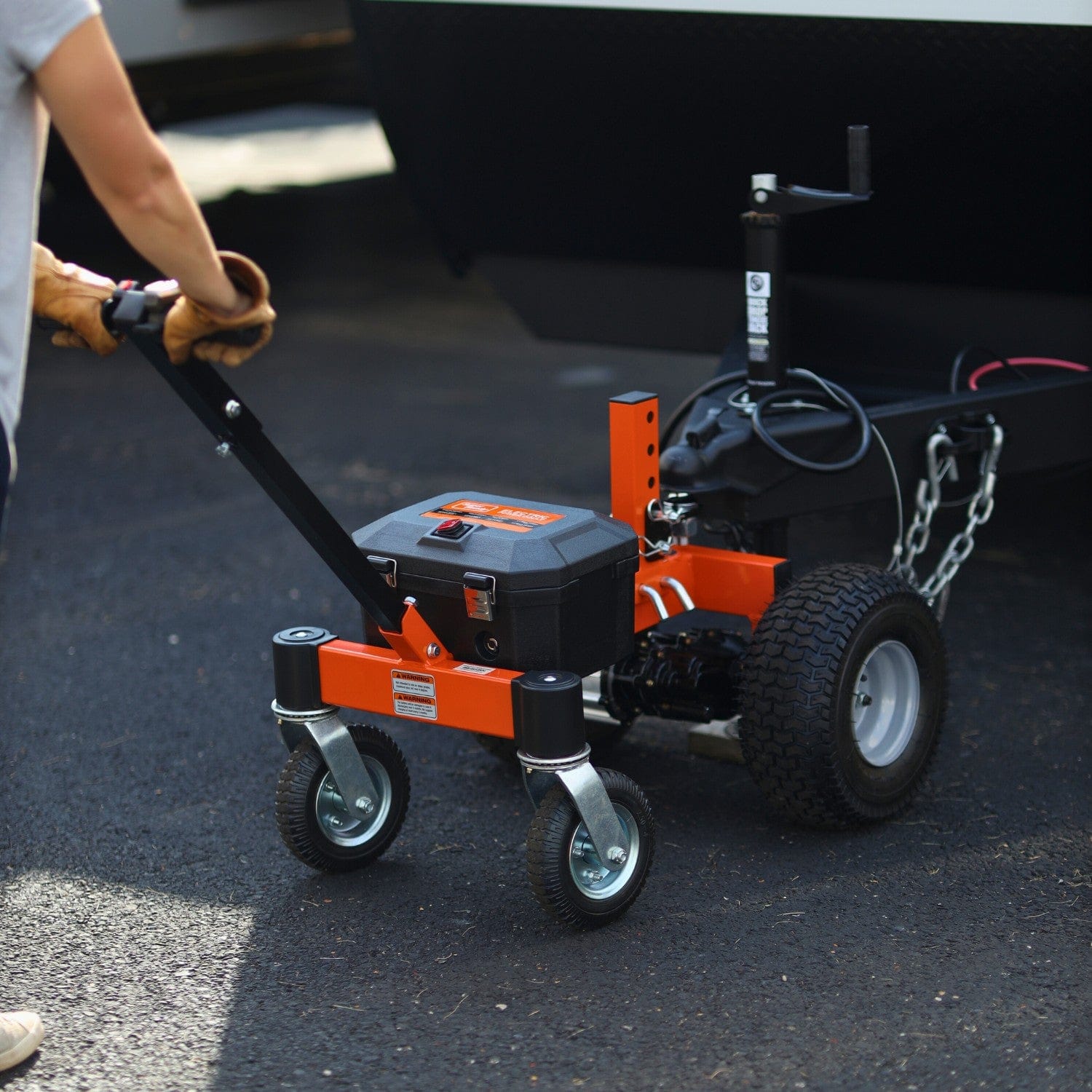
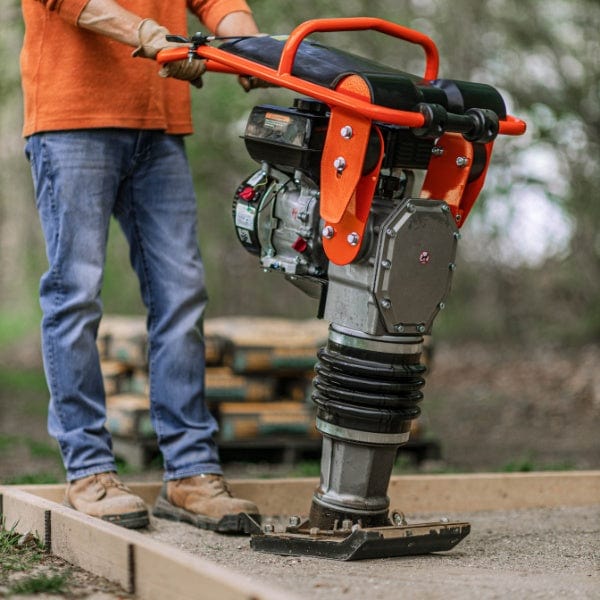
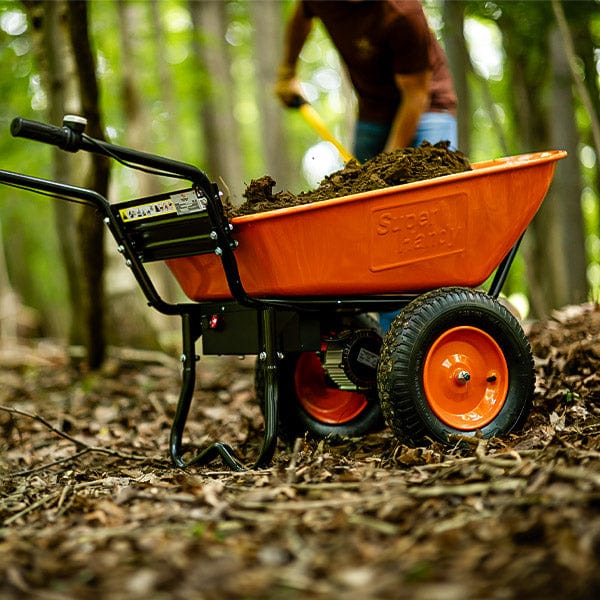


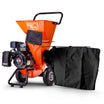
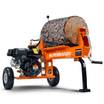

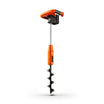
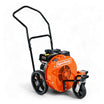
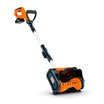
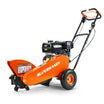
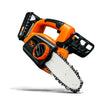
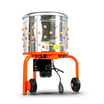

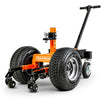
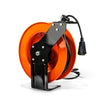
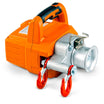
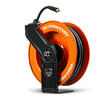
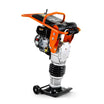
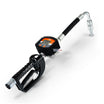

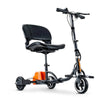
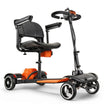
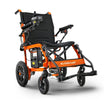


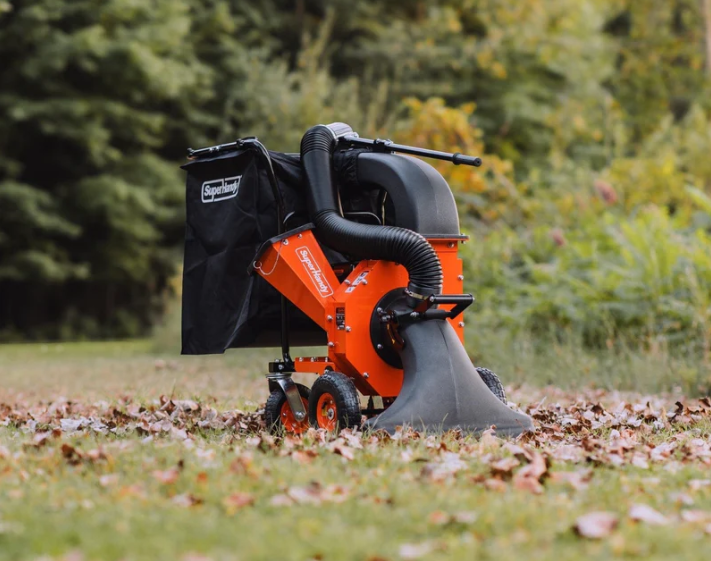
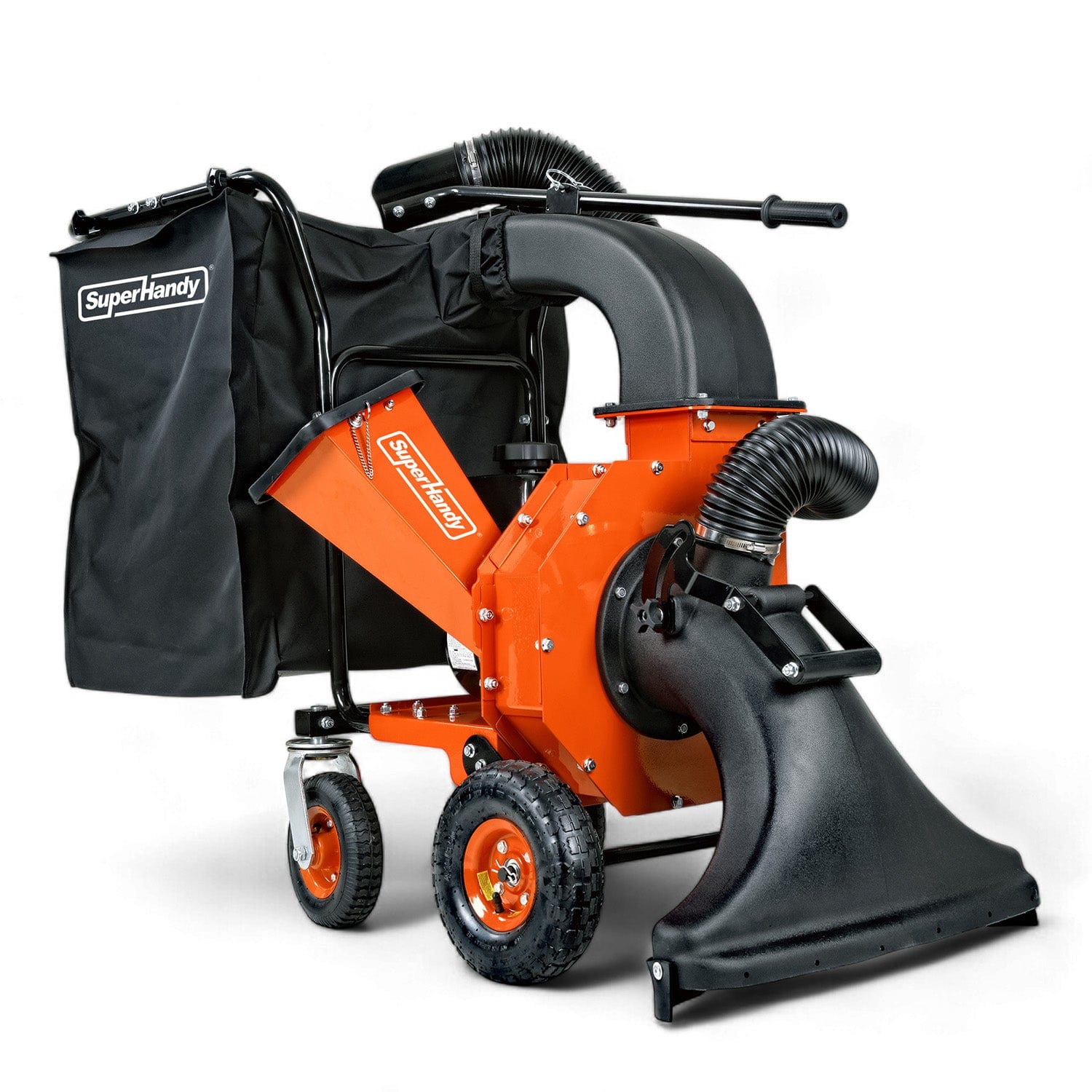
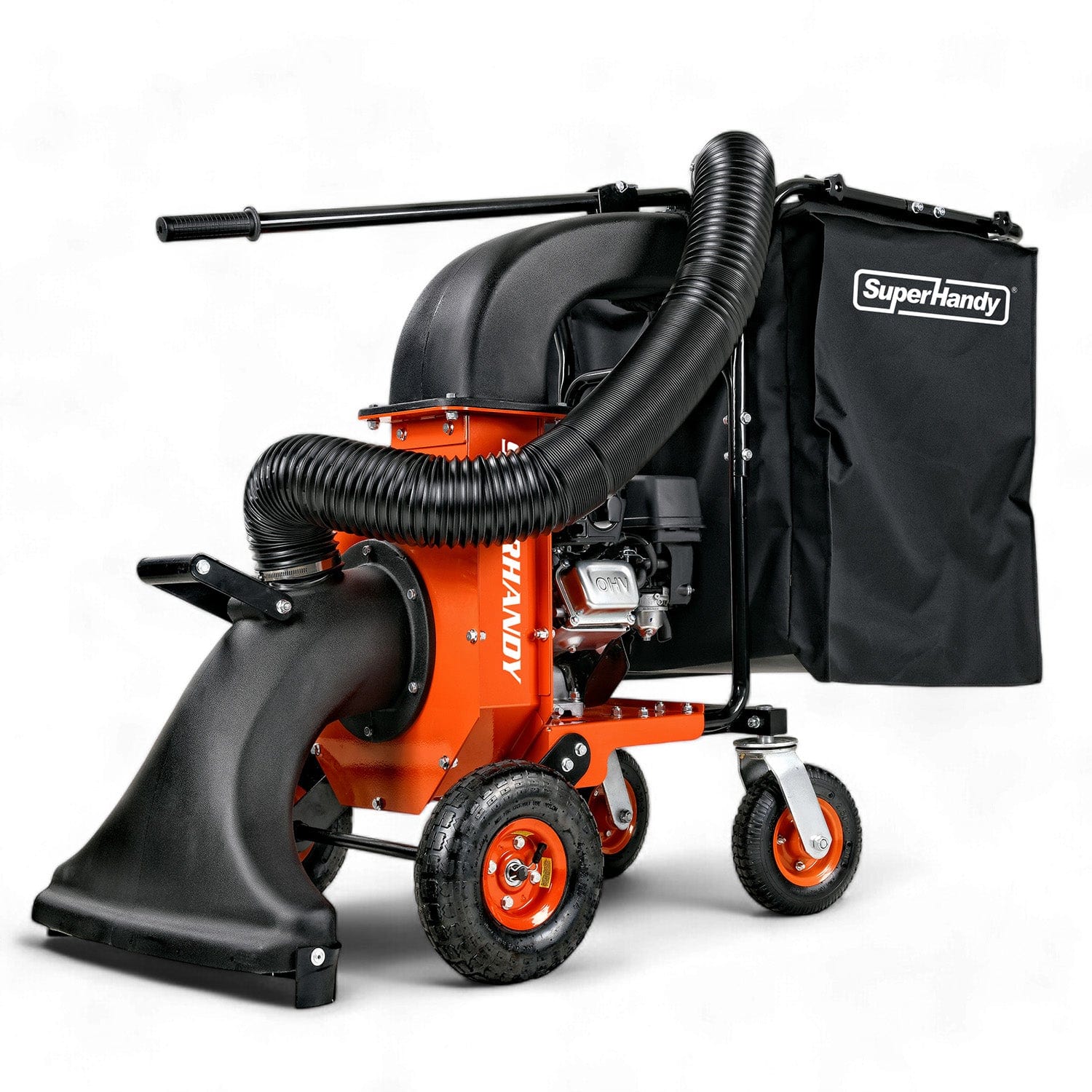
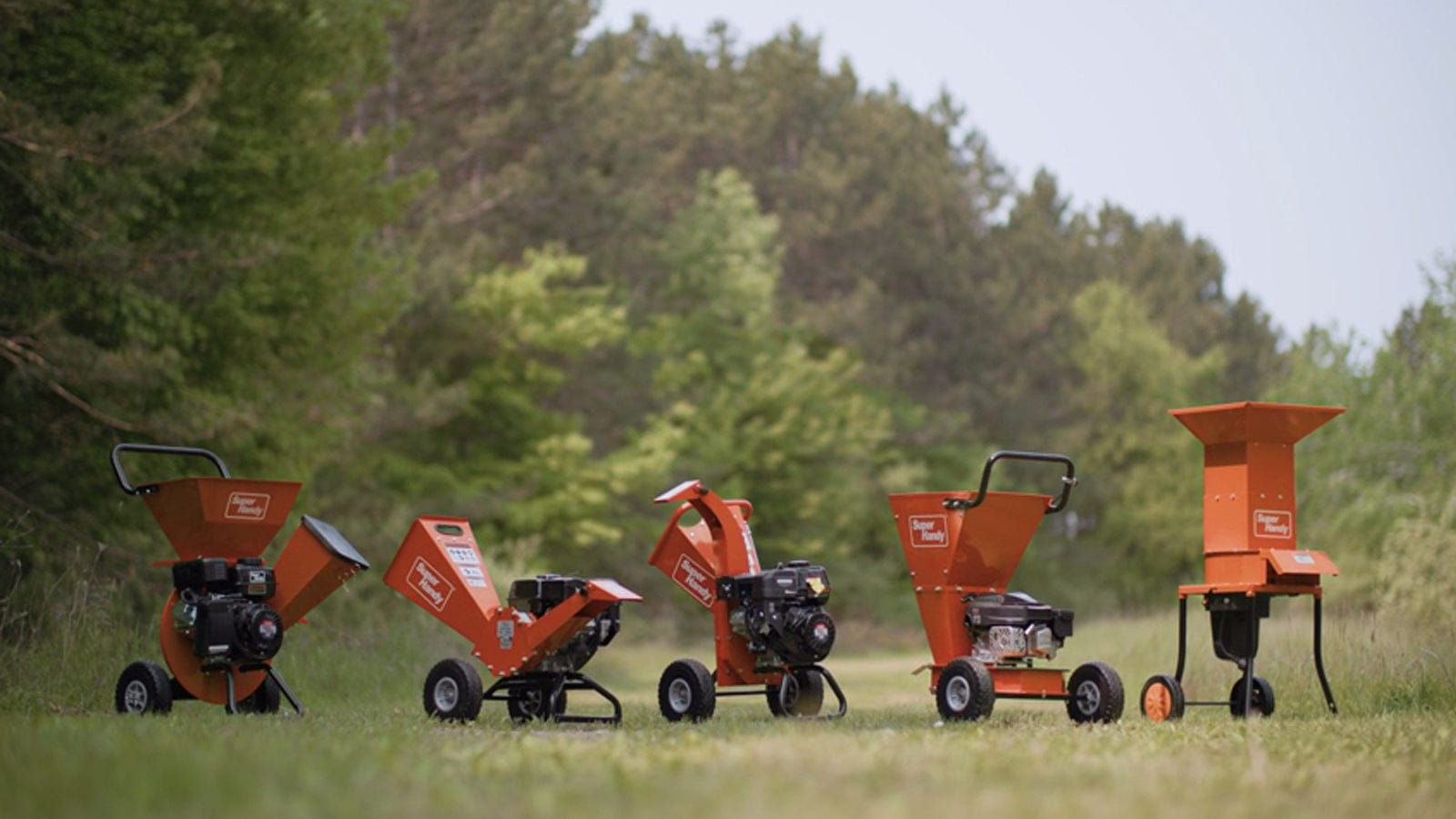
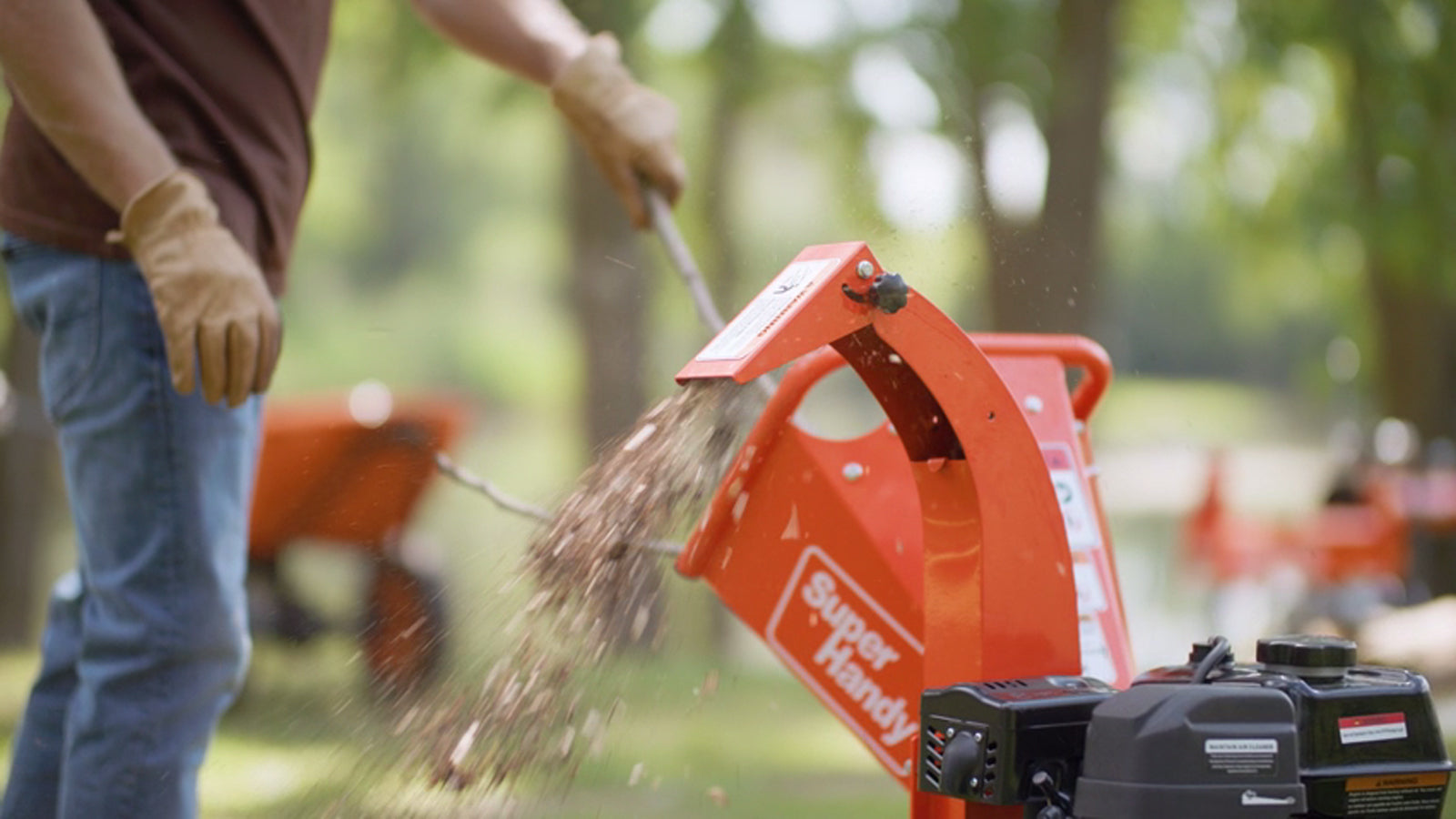
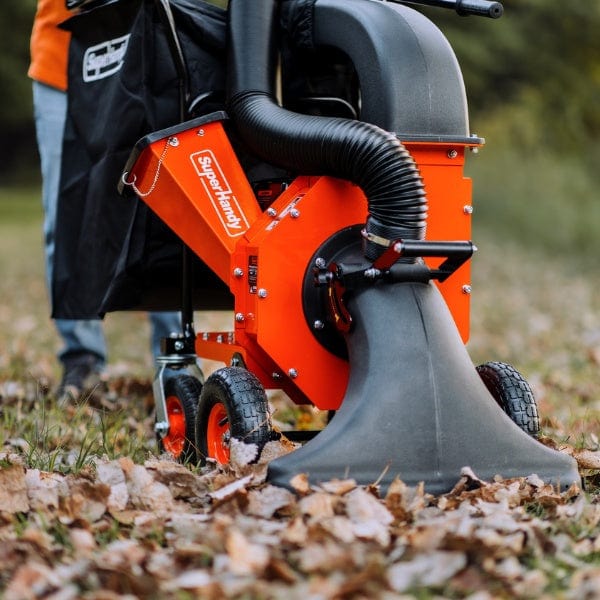
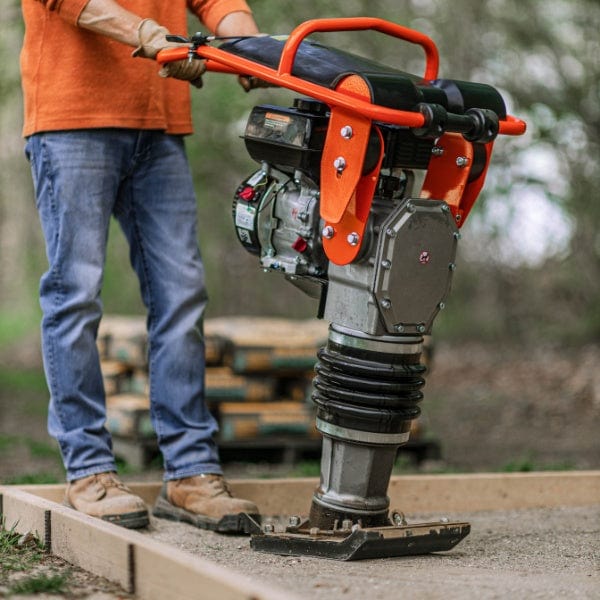


Leave a comment
All comments are moderated before being published.
This site is protected by hCaptcha and the hCaptcha Privacy Policy and Terms of Service apply.